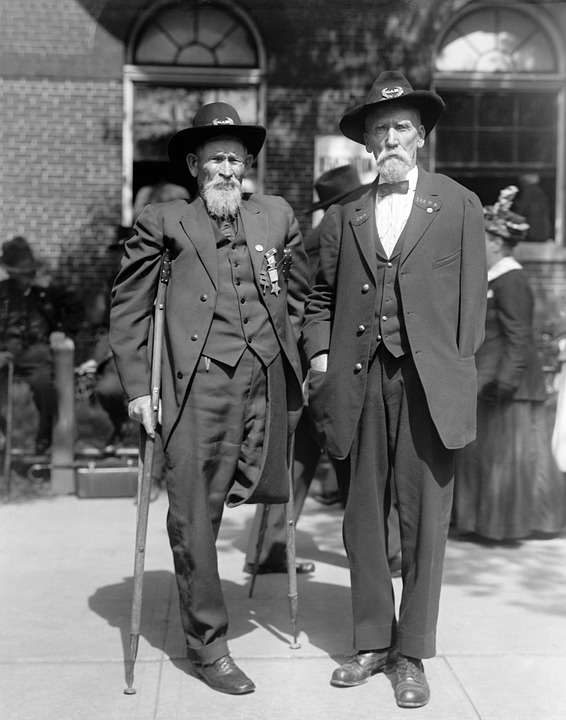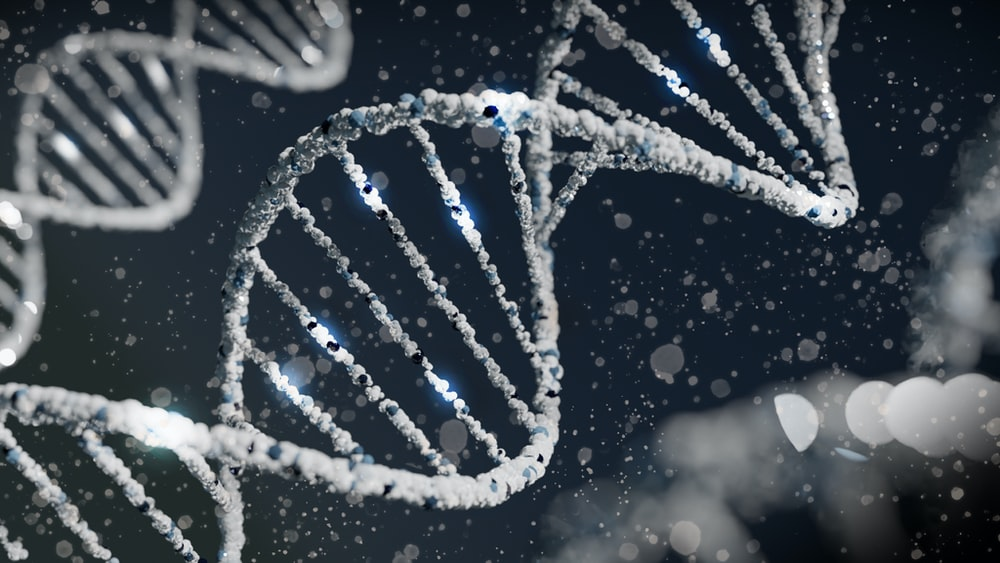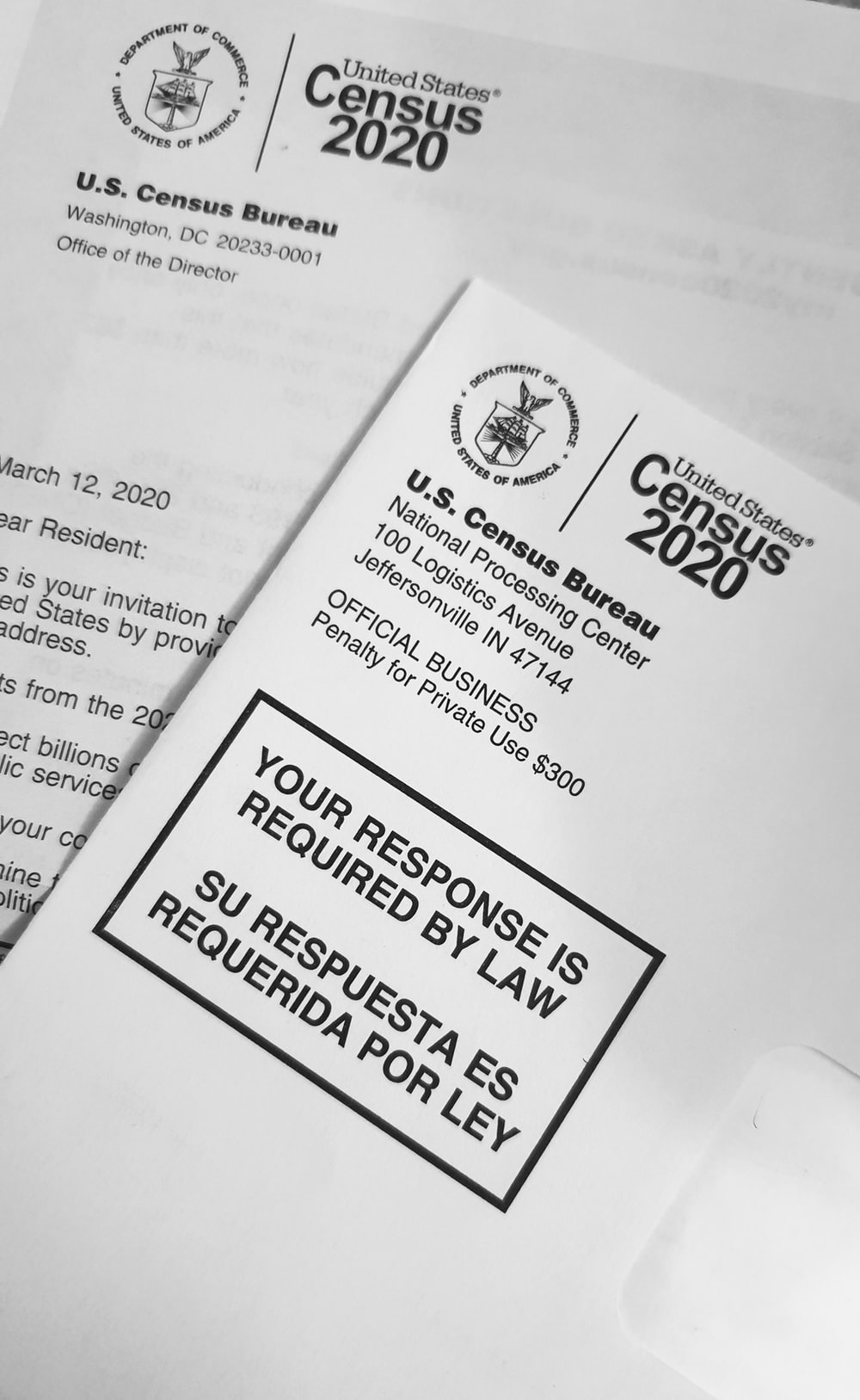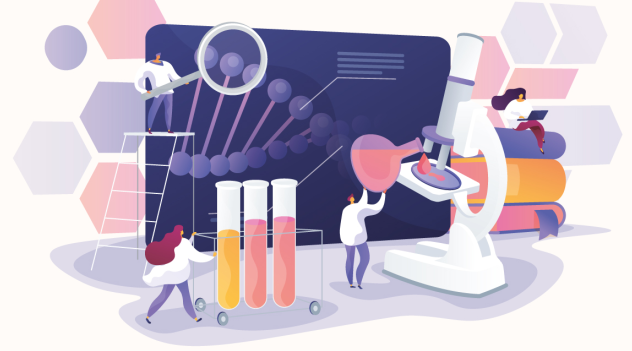-
Discovering your family’s history and finding interesting stories that your ancestors were a part of can make family research incredibly fun and fulfilling. It’s also an excellent way to find and build connections with your past. For many people, family research
-
Trees can’t survive without their roots, and neither can humans. As we grow older, most of us try to find ourselves and our places in this world, but the journey needs to begin at home—by finding where and who we
-
According to some estimates, about 2 percent of the American population is adopted. But adoption doesn’t affect adoptees alone. From biological parents to siblings, adoptive parents, and adoptees themselves, many people are affected in the process.] And most surveys show
-
The Civil War is an integral part of our history, and nearly every person living in the United States at that time was affected by it. The war fought between 1861 and 1865 involved about 3.5 million soldiers from both sides—many
-
National DNA Day is just around the corner, and it’s the perfect day to learn about and celebrate the wondrous molecule that helps us develop, reproduce and survive. Celebrated annually on April 25th, National DNA Day commemorates both the Human
-
Popularinterest in building family trees has significantly grown in the past few years. This is partly due to the widespread availability of DNA tests and the information readily available in online databases such as Ancestry, MyHeritage, FamilySearch and other similar
-
In your genealogy research, you’ll find yourself drawn to US census records right at the beginning. And that makes perfect sense!. The US Federal Census has been done every ten years since 1790. If your ancestors lived in the US,
-
Investigative genetic genealogy is also often referred to as forensic genealogy and has been around as a practice since about the 1950s. However, since it wasn’t a widely known methodology until much recently, very few people knew much about it until
-
DNA is the acronym for deoxyribonucleic acid. It’s the largest biomolecule of the cell that codes genetic make-up.








